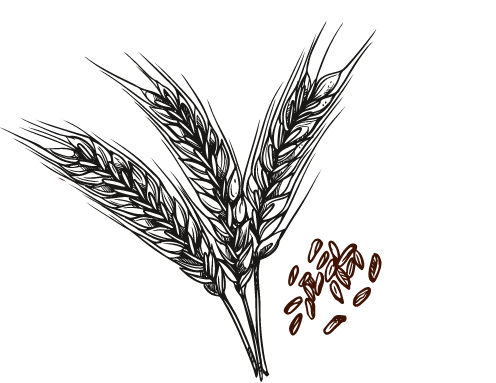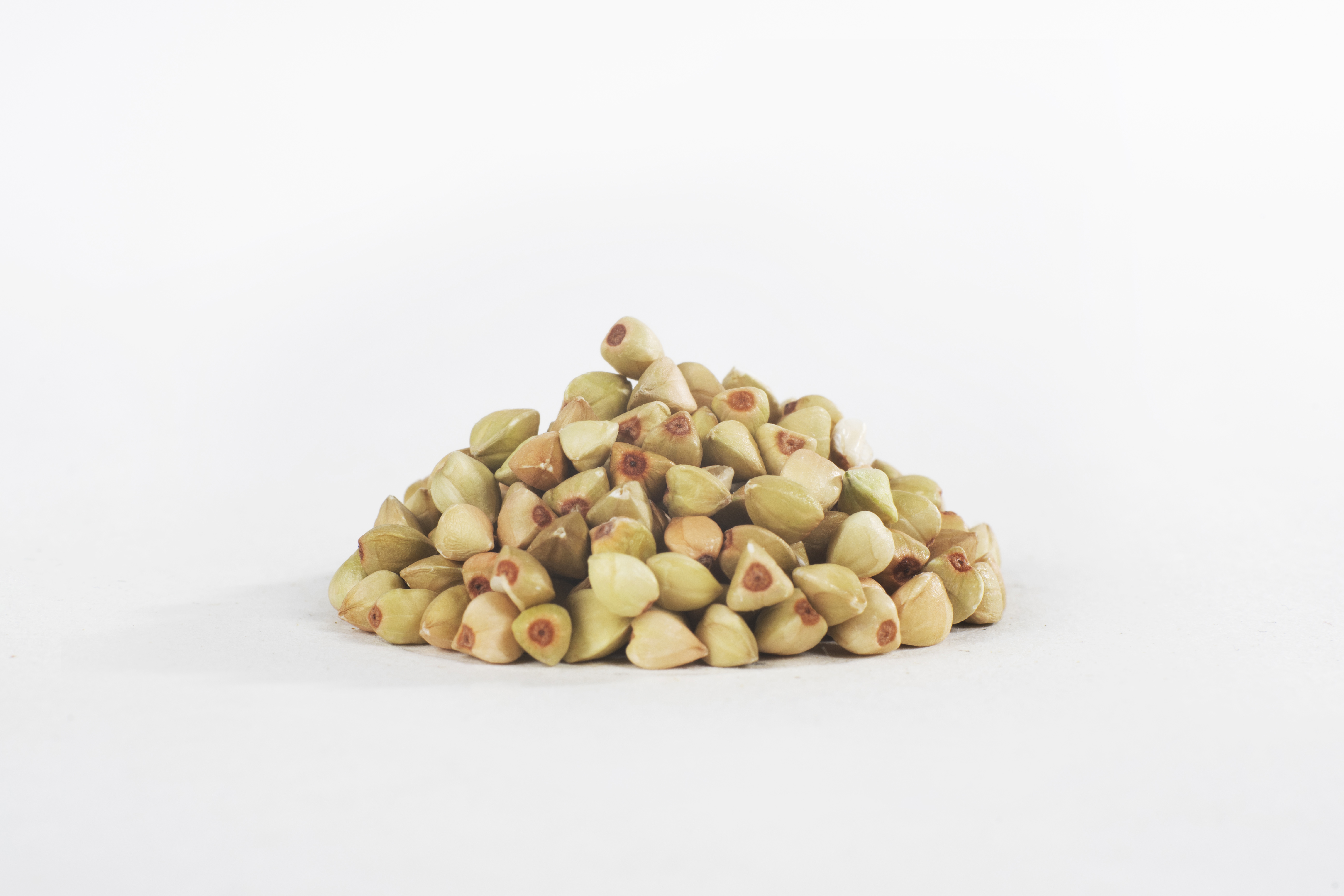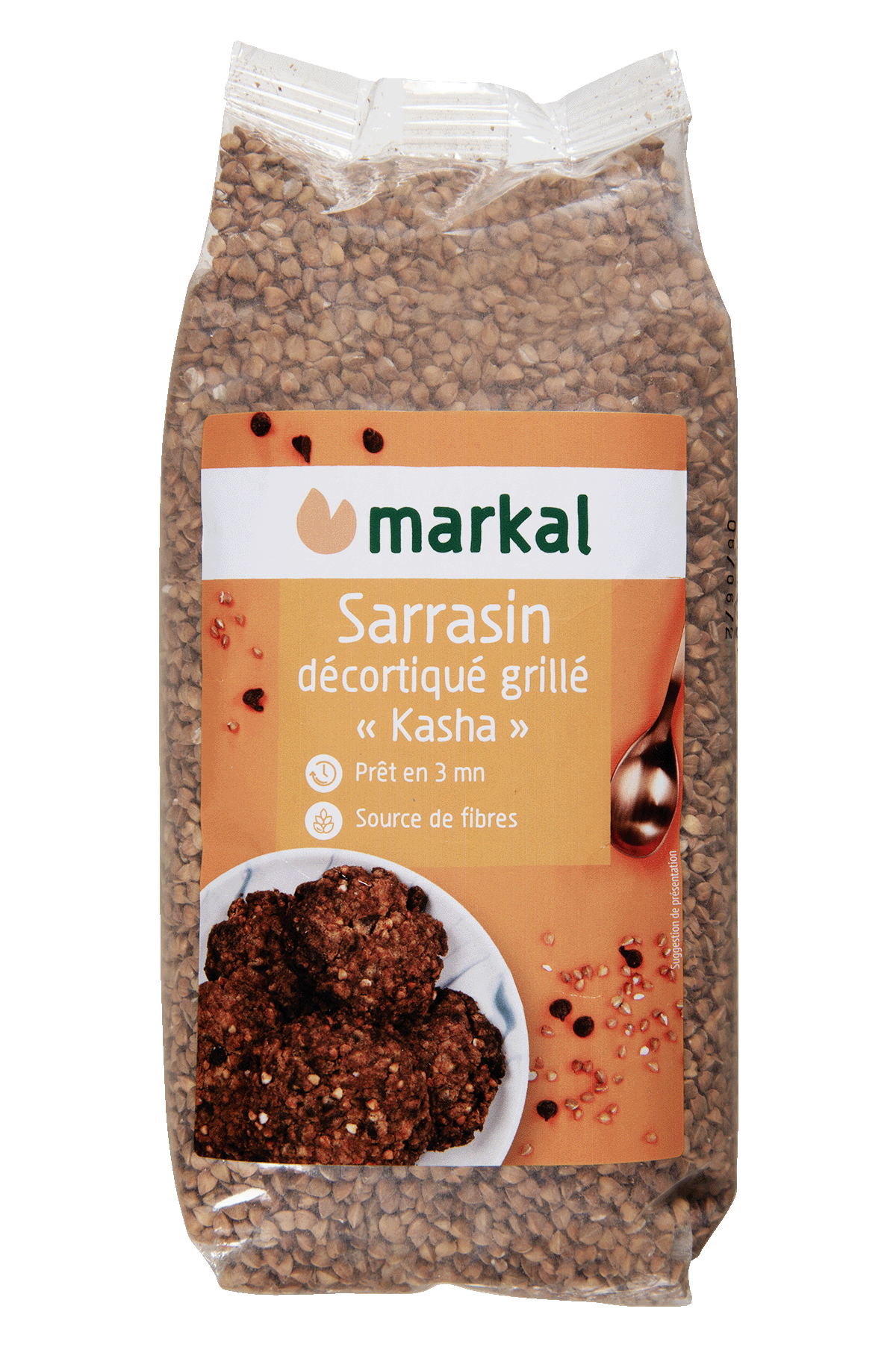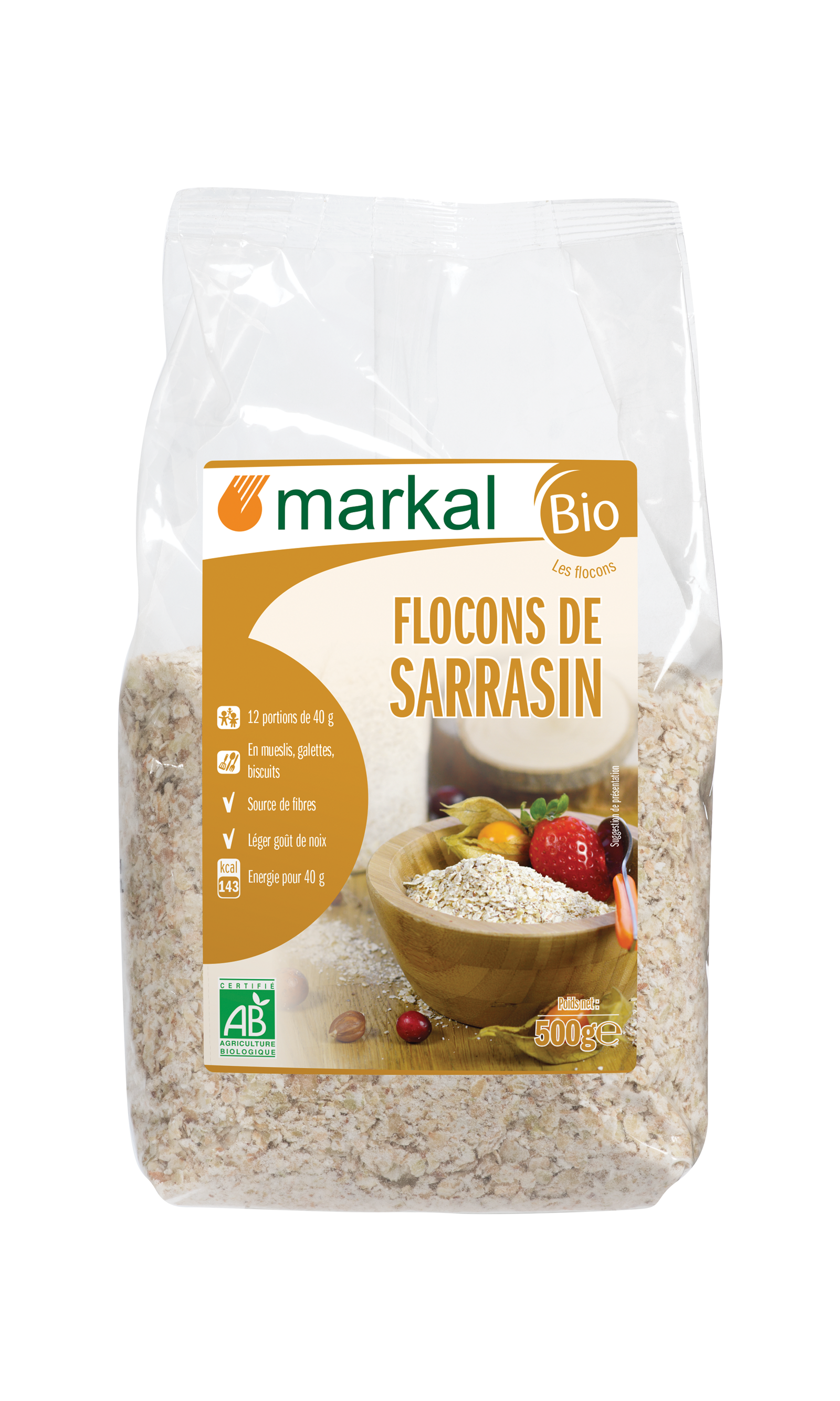Buckwheat
History
In Brittany it was said that the devil had created buckwheat because of its dark color.
Pushing easily and faster than wheat, only the little people consumed it because it evaded tax and could be turned into flour without going through the stately mill.
Portrait
Naturally gluten-free despite its name of "black wheat" and from the botanical family of rhubarb and sorrel, buckwheat is rich in protein.
Derivatives
Grilled it is called "kasha" in Eastern countries and Russia, in flour (be careful it oxidizes quickly, it is better to keep it in the fridge), soba noodles and crozets (check the ingredients, sometimes there is wheat) and hulled grains.
Origin
Buckwheat was present in the wild in Yunnan and eastern Tibet as early as 6,000 years B.C. It then spread primarily to Asia and then to France in the 15th century. Despite its name it has nothing to do with Saracens, the plant being unknown to Arab populations. Currently, China remains the world's largest producer, along with Russia and Ukraine.
Usage
Rinse the buckwheat and pour it into a saucepan. Cover with cold salted water. Cook over low heat for 30 minutes. Hulled buckwheat can be eaten alongside meat, fish or vegetables, in gratin and in soup. It's equally delicious when consumed cold in salads. Keep in a cool, dry and dark place.


















